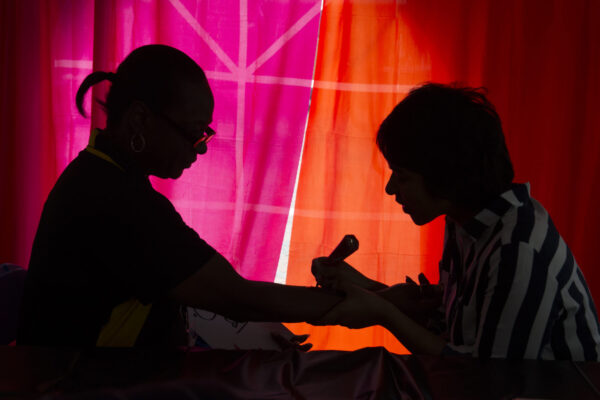How Student Enrollment Changed in 2022
Title: First Look Fall 2022 Enrollment (As of September 29)
Source: National Student Clearinghouse
Amid concerns surrounding volatile college enrollment trends during the COVID-19 pandemic, the National Student Clearinghouse (NSC) has released a new summary of enrollment trends from 2020 to 2022.
Across sectors, undergraduate enrollment declined from 2022 to 2021 (1.1 percent), but at a lower rate than from 2020 to 2021 (3.1 percent). Declines also occurred at the graduate level in 2022, with enrollments also lowering by 1.1 percent compared to 2021.
The report also highlights developments in the following areas:
First-year enrollment trends
- First-year student enrollment declined across sectors in 2022 at a rate of 1.5 percent compared to 2021 (2.2 percent).
- There were sector-level differences, and these declines were pronounced particularly at the private, non-profit four-year sector, which saw enrollment decrease by 3.1 percent. In 2021, this sector boosted enrollment among first-year students by 6.5 percent.
- When drilled down by age, there were bright spots: the public four-year sector saw an 11.3 percent increase in students age 21-24 over the last year, and the private non-profit four-year sector increased by 23.3 percent among students age 25-29.
Enrollment by state and intensity level
- Over the last year, 27 states saw declines in undergraduate enrollment compared to the previous year, and 26 states decreased in graduate enrollment.
- Part-time student undergraduate enrollment decreased across sectors, with the steepest declines occurring at the public four-year (4.9 percent) and the private, for-profit four-year sector (3.4 percent).
Student demographics
- Looking at results by race, first-year enrollment across sectors decreased from 2021 among Black, Asian, and White students, but increased among Latinx and Native American students.
- Public two-year colleges saw the biggest increases in enrollment of historically underrepresented students, including Asian (3.2 percent), Black (2.6 percent), Latinx (7.8 percent), Native American (5.7 percent), and race marked as Other (10.3 percent).
- International graduate enrollment continues to grow, and has risen a total of 33.9 percent since 2020.
Enrollment among HBCUs, HSIs, and POIs, and within major field of study
- Over the last year, HSIs have seen declines at both the undergraduate (1.2 percent) and graduate (1.9 percent) levels.
- Although HBCUs saw graduate student enrollment decrease in 2022 (3.9 percent), undergraduate enrollment increased by 2.5 percent.
- At the associate degree level, some “in-demand” fields saw enrollment decreases since 2021, including health professions (5 percent) and business fields (0.5 percent). However, since 2020, computer and information sciences has risen 10.3 percent.
- Primarily online institutions (POIs) saw an undergraduate enrollment increase of 3.2 percent.
Click here to read the report.
—Alexander Cassell
If you have any questions or comments about this blog post, please contact us.


